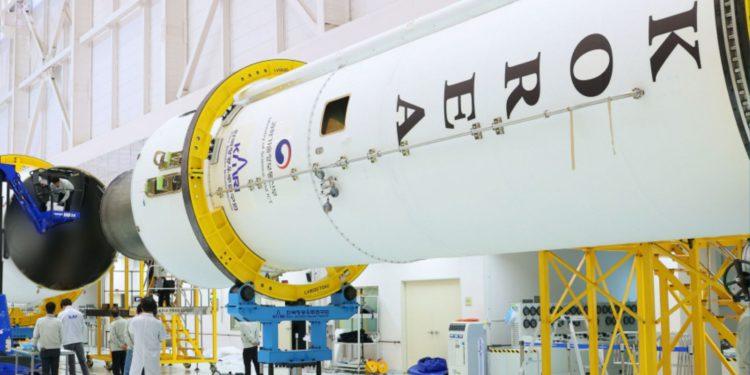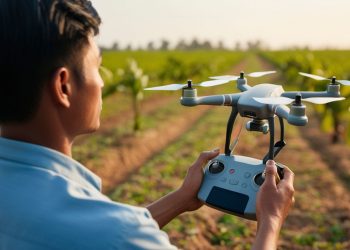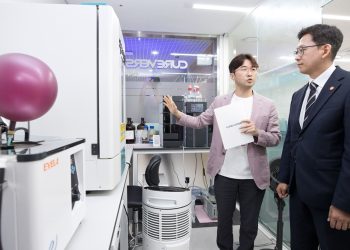South Korea’s Nuri rocket is gearing up for its highly-anticipated third launch on May 24, 2021, at the Naro Space Center in Goheung, South Jeolla. This marks a significant milestone in the country’s space program as it will be the first native rocket to carry a commercial-grade satellite, aimed at competing with other major players in the space race.
The launch is scheduled for 6:24 p.m. on May 24, but the exact launch time may vary depending on weather conditions. The Korea Aerospace Research Institute (KARI) and the Ministry of Science and ICT are committed to launching at the scheduled time and will attempt the launch again in the last week of this month if necessary. The satellite will perform Earth observation using synthetic aperture radar (SAR) for two years while orbiting 550 kilometers above the Earth.
Jang Tae-seong, an official from KAIST’s Satellite Technology Research Center, explained that the SAR technology employed in the satellite launch uses radio waves to identify terrain features, providing unobstructed observations despite lighting and cloud conditions. “Through the satellite launch, we aim to verify our developed technologies and acquire high-quality Earth images,” he said.
In the third launch, Hanwha Aerospace participated for the first time as a private partner tasked with upgrading the Nuri space rocket. The company worked alongside KARI in managing production and preparing for the launch.
During the first launch of the Korean Space Launch Vehicle II (KSLV-II) on October 21, 2021, it faced a challenge when it failed to place a dummy satellite into orbit. However, after analyzing the first launch and making necessary modifications, the Nuri rocket underwent a second launch on June 21, 2022, which saw it successfully place a dummy satellite. The primary goal of this launch was to successfully deploy a satellite weighing 1.5 tons or more into a low Earth orbit within the altitude range of 600 to 800 kilometers.
“The first and second launches were about developing capabilities. The third launch is more about advancing the technology. It aims to serve as a stepping stone to enhance our technology by increasing the level of trust in our launch vehicle,” stated Lee Sang-ryool, president of the Korea Aerospace Research Institute.
Furthermore, he emphasized that South Korea has always had to rely on other countries’ launch vehicles and participate as customers only, but the third launch of the Nuri rocket will change that. The launch aims to serve as a stepping stone to further enhance South Korea’s space technology and capabilities.
According to Cho Sun-hak, director general of the Space Policy and Nuclear Energy Bureau of the Ministry of Science and ICT, the upcoming launch of the Nuri rocket will serve as a test to evaluate its capabilities to launch eight satellites into orbit.
“We began construction of the Naro Space Center 20 years ago. The idea of launching our own satellites and our own launch vehicle was only a dream, but the advancement of science and technology has made it possible. It was made possible by the hard work of policymakers, scientists and officials from the space industry,” he added.
With this mission, South Korea is looking to advance its space exploration efforts and make strides in the field of scientific research. The eight satellites on board the Nuri rocket will be used for various purposes, including Earth observation, atmospheric research, and maritime surveillance.







